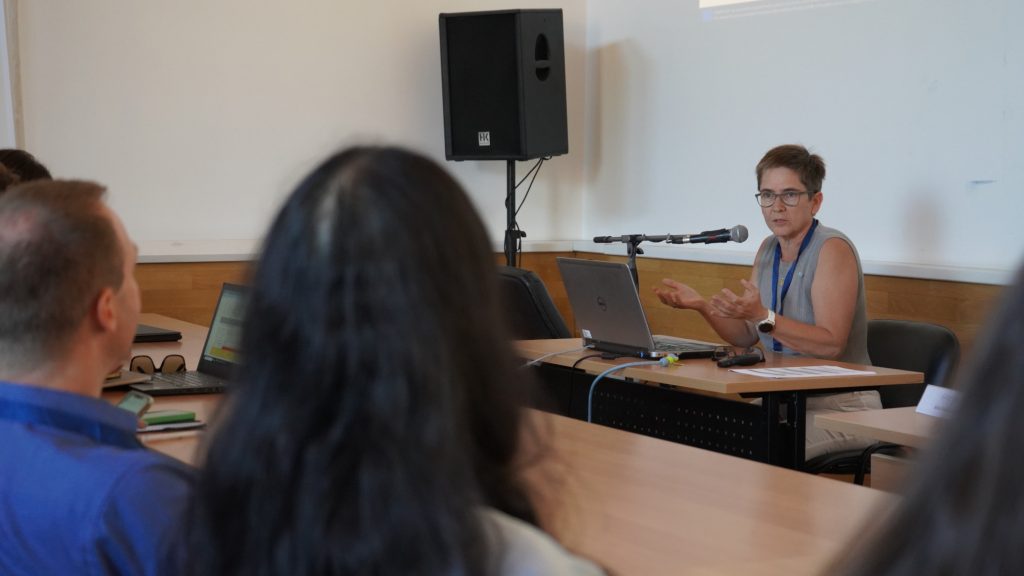
Emission reduction potential of the LOWINFOOD innovations for food waste prevention
On 25 September 2024, LOWINFOOD partner Gudrun Obersteiner (University of Natural Resources and Life Sciences) presented at the Retaste Conference the results of the environmental assessment of the LOWINFOOD innovations and their potential to reduce emissions.
The production of food requires the use of resources such as fuel, land, water and raw materials and is associated with economic and environmental impacts. Important sources of emissions are agricultural processes such as fertiliser application and livestock farming, but also the consumption of energy and resources associated with processing, transport, refrigeration and storage. When food is wasted or discarded, valuable resources and energy used in its production are also wasted.
Food waste can be avoided through better planning, changes in consumer behaviour (e.g. timely consumption or preservation) or redistribution (e.g. distribution of surplus goods). Using food more efficiently means that less food has to be produced to feed the same number of people. LOWINFOOD has monitored several food waste prevention innovations, including the quantification of potential emission savings. Environmental impacts were calculated using Life Cycle Assessment (LCA). Environmental impact categories such as climate change, acidification, eutrophication, land, water and resource use were identified for the four innovation categories involved in the project: innovations for food redistribution, for inducing consumer behaviour change, for supply chain optimisation and for stakeholder dialogues to agree on food waste prevention measures.
Share on Facebook Share on Twitter Share on Pinterest